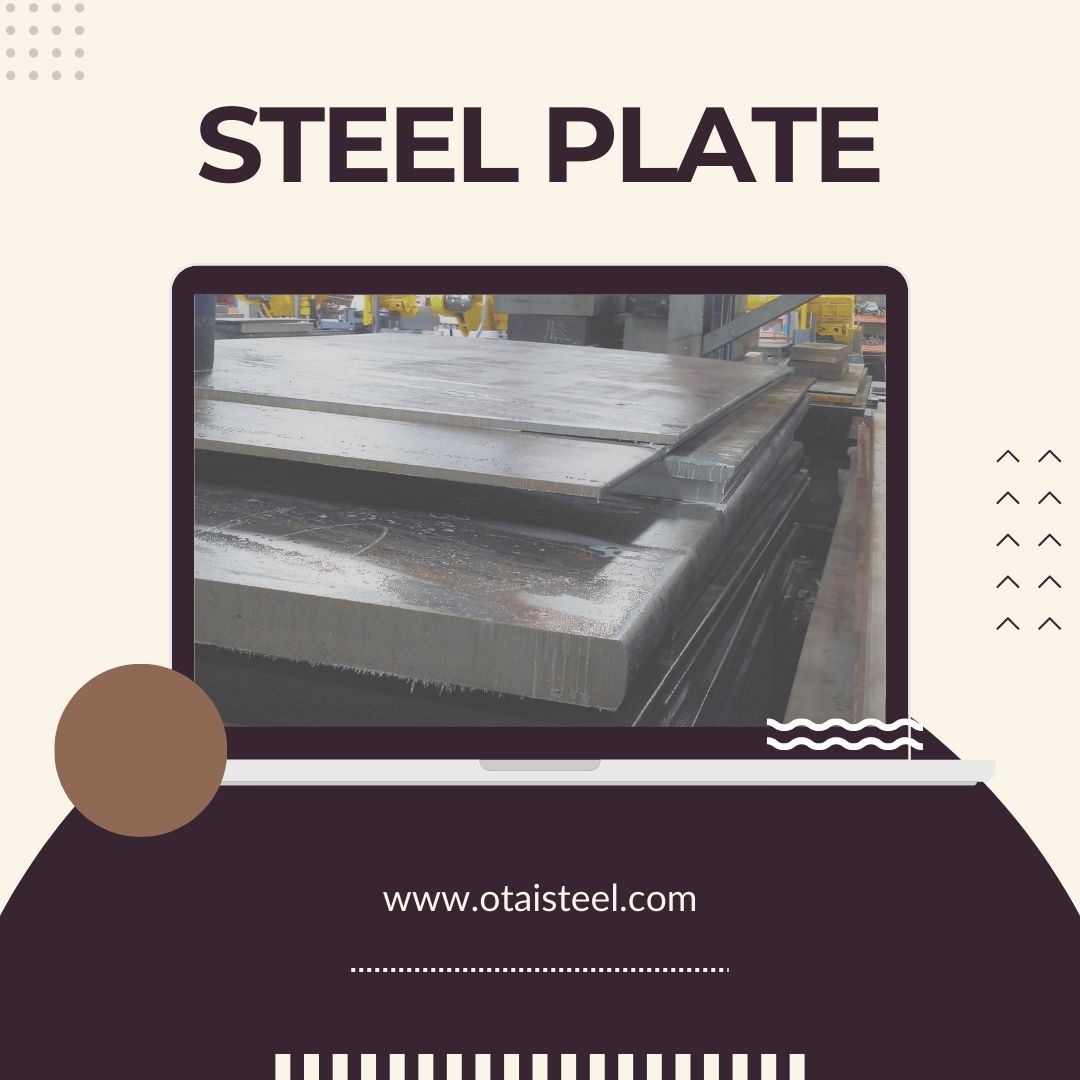Hey Steel Enthusiasts! Today, let’s dive into the powerhouse that is 4340 steel. We’re not just talking steel; we’re talking 4340 steel rectangular bar from OTAI, and trust us, it’s a game-changer. Ready for a steel adventure? Buckle up!
Demystifying 4340 Steel
4340 steel, known for its robustness and versatility, is the go-to choice for applications demanding strength and durability. With a blend of nickel, chromium, and molybdenum, this steel isn’t just metal; it’s a performance upgrade.
Why Choose OTAI’s 4340 Steel?
1. Unmatched Inventory Mastery
At OTAI, we don’t just stock steel; we command it. Our 4340 steel is in stock all year round, spanning every size imaginable. Need a quick customization? We’ve got the speed and precision to make it happen.
2. Packaging Precision
Your steel’s journey matters, and we get that. OTAI offers tailored packaging services – be it cable tie packaging, wooden box packaging, or rust-proof packaging. Your 4340 steel arrives not just intact but in prime condition.
3. Global Trustworthiness
Join the ranks of global giants who trust OTAI for their 4340 steel needs. We’ve proudly supplied to numerous Fortune 500 companies, ensuring deliveries not only meet technical requirements but exceed customer expectations. Satisfied customers? We’ve got a lot of them.
Real Success Stories for Credibility
Case 1: Revolutionizing Aerospace Dynamics
A leading aerospace company needed a steel supplier that could keep up with innovation. OTAI’s 4340 steel rectangular bar not only met but surpassed their technical specifications. The result? Enhanced aircraft performance, reduced weight, and a partnership soaring to new heights.
Case 2: Driving Automotive Excellence
A major automotive player sought a steel partner for their critical components. OTAI’s 4340 steel, delivered with precision and care, played a pivotal role in elevating the performance and durability of their vehicles. The customer’s satisfaction wasn’t just a win for them but also a testament to OTAI’s commitment to excellence.
In a nutshell, 4340 steel isn’t just steel; it’s your shortcut to unparalleled strength. Pair it with OTAI, and you’ve got a winning combo. With a constant stock supply, customization at your fingertips, top-notch packaging, and a track record with industry giants, OTAI is your trusted ally in the steel journey. Elevate your business with 4340 steel from OTAI – where strength meets reliability.




